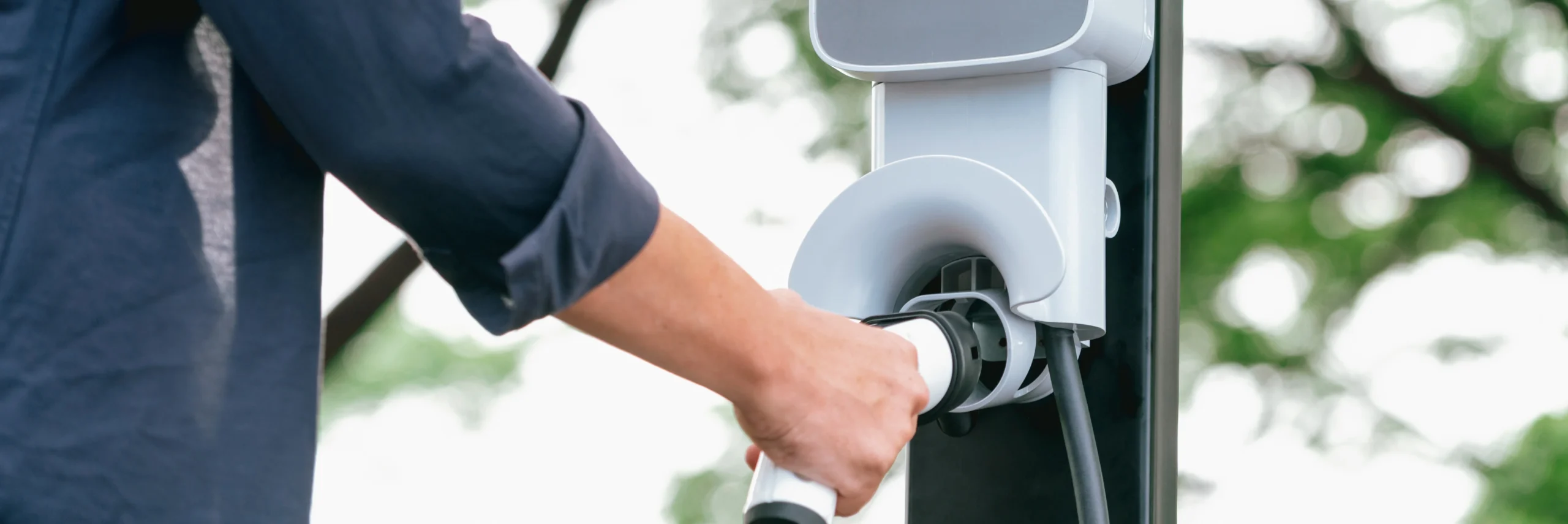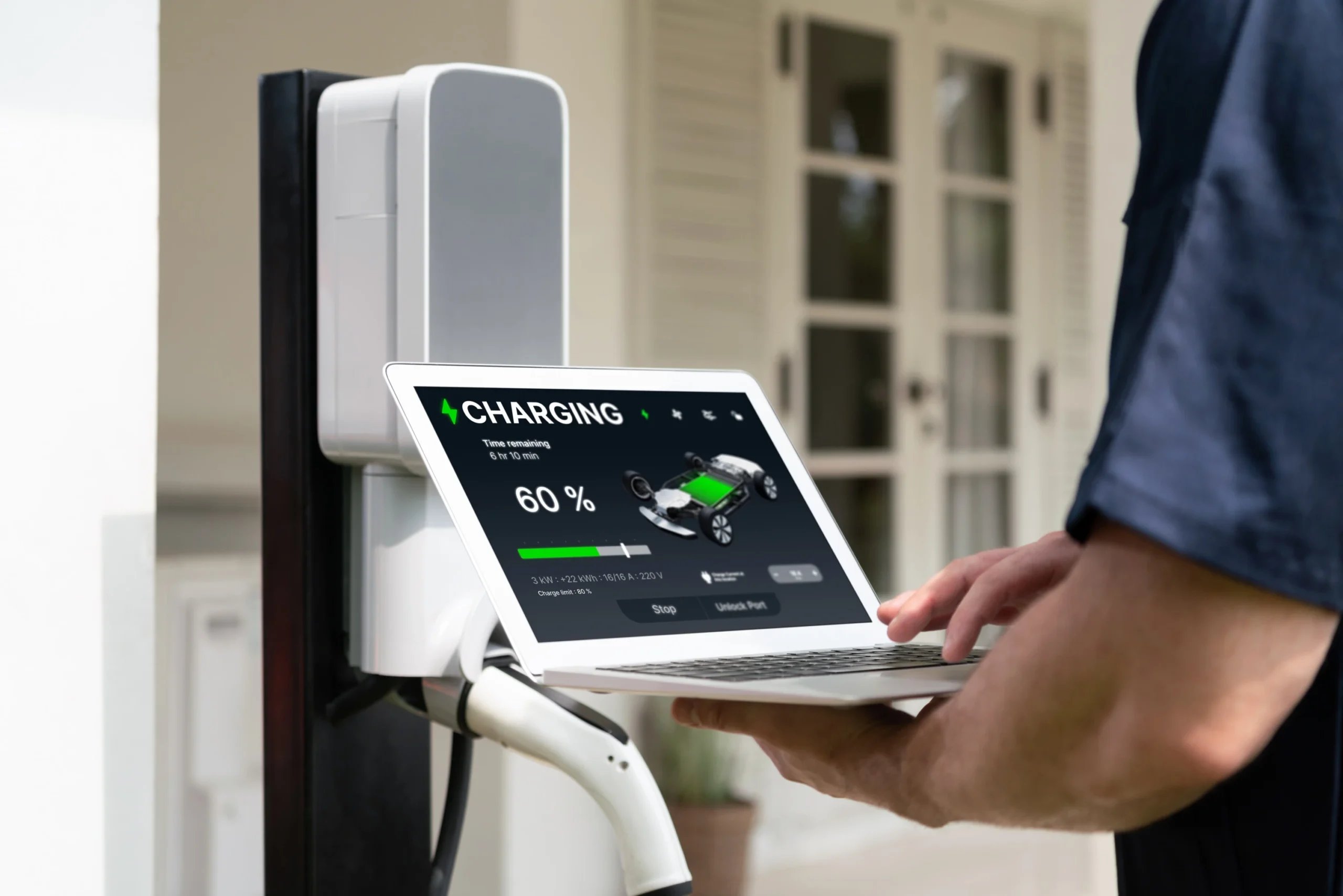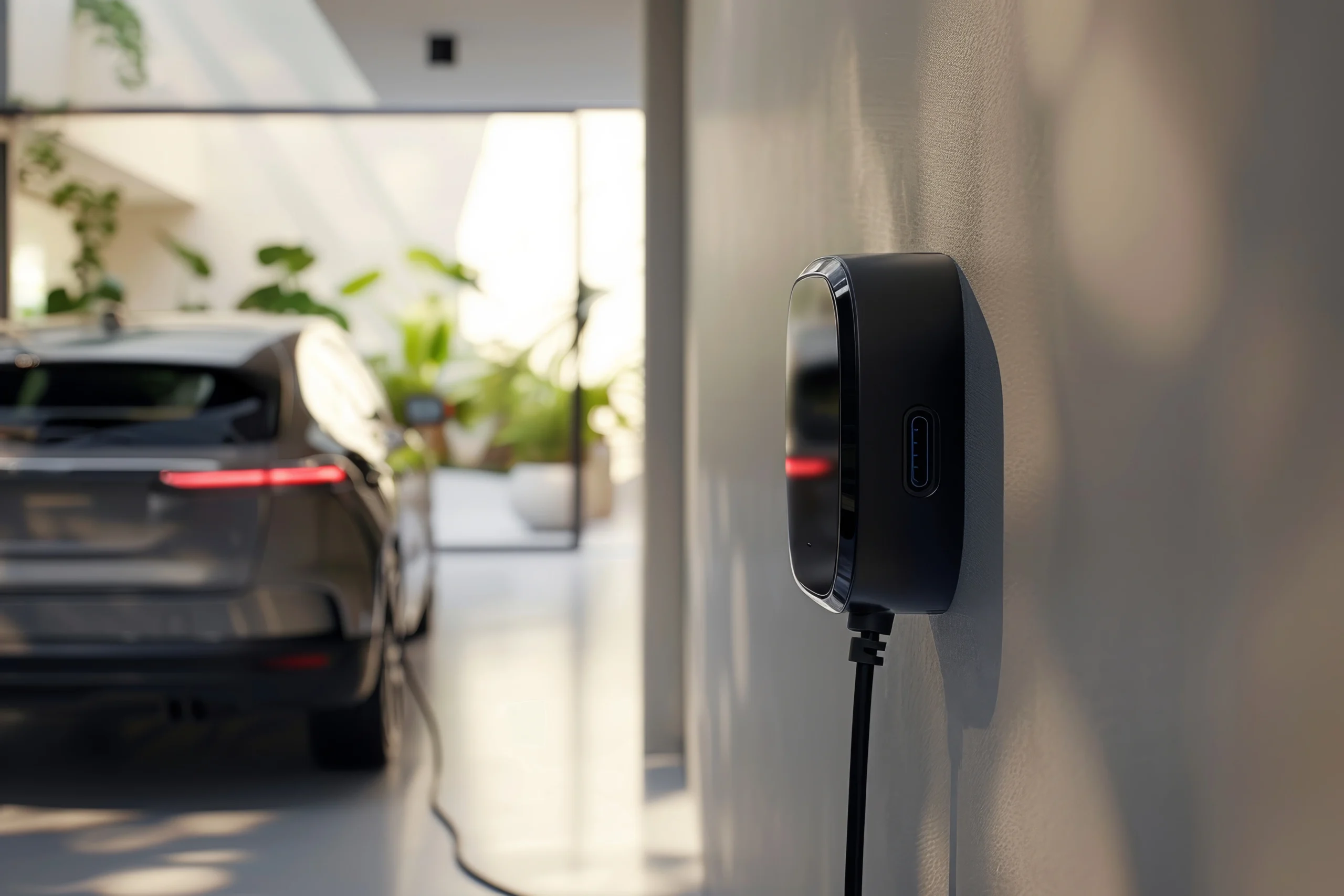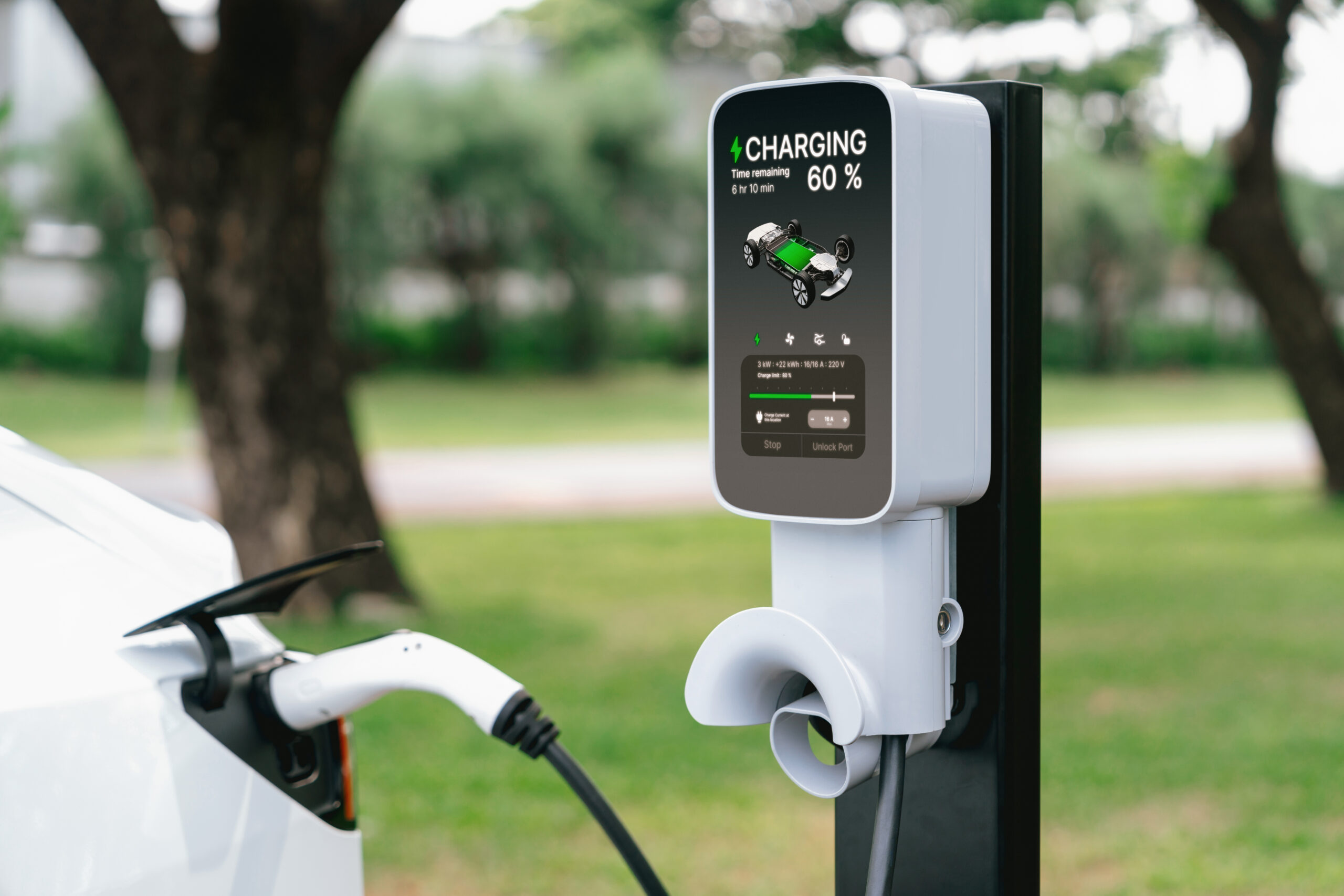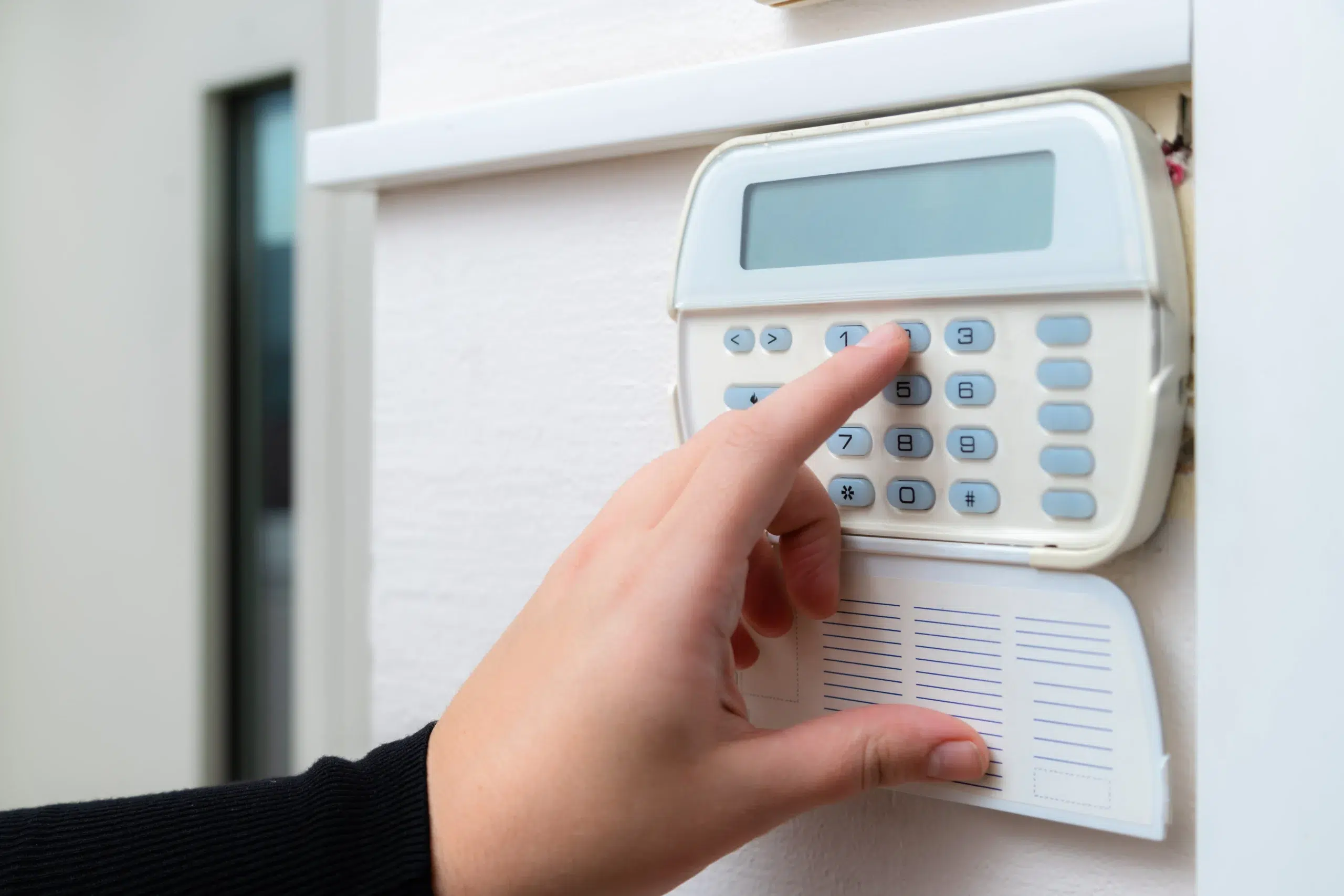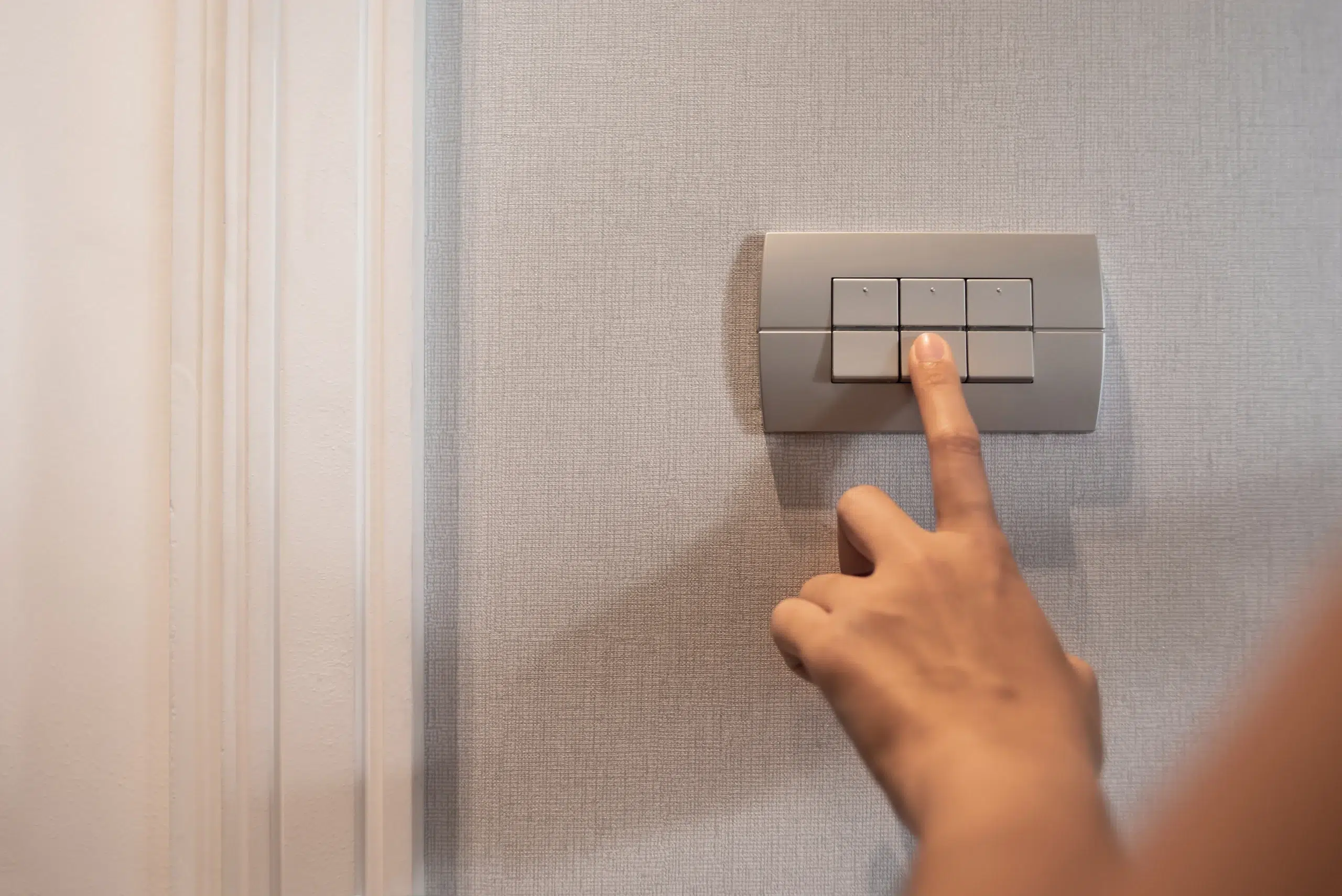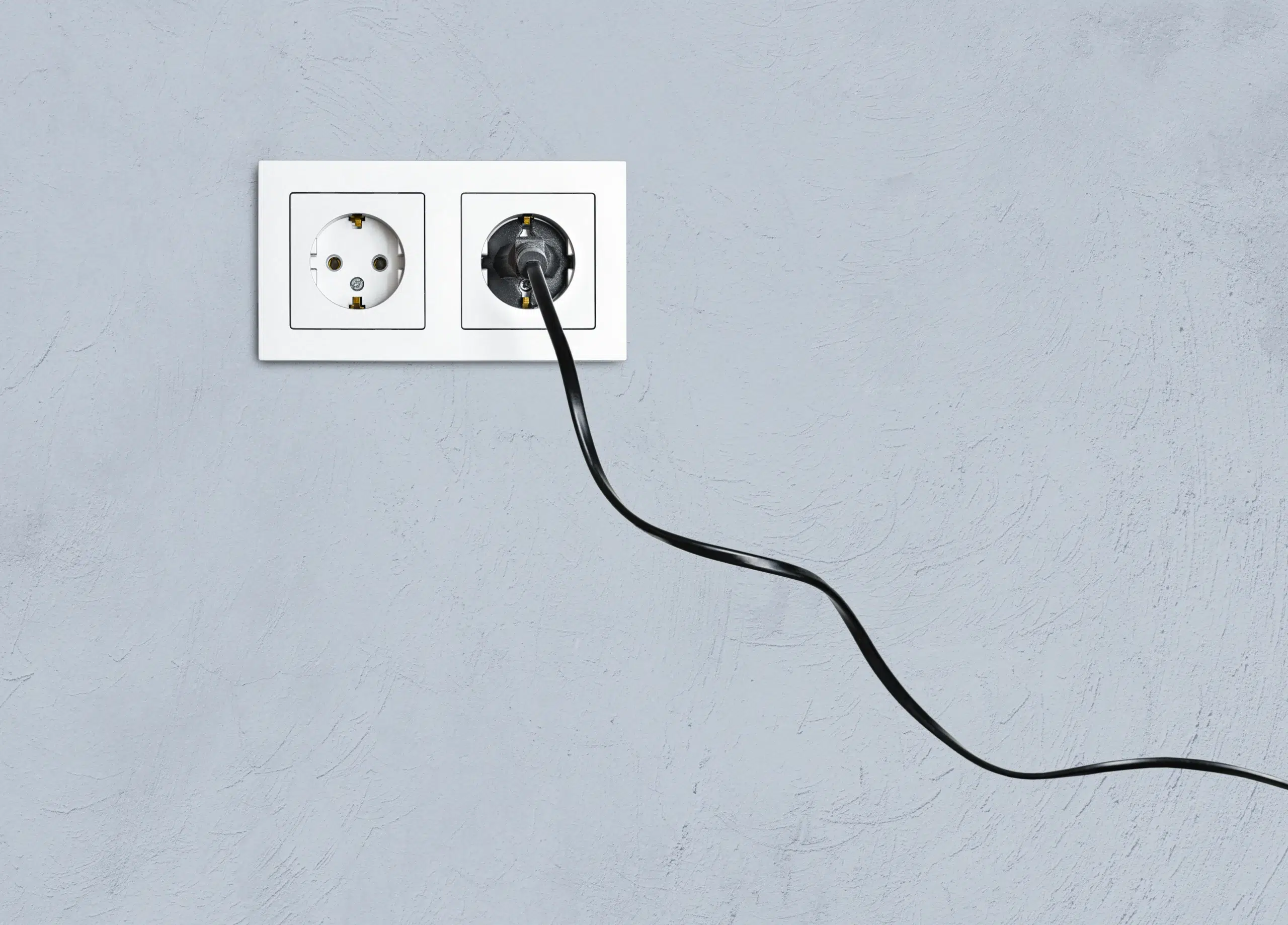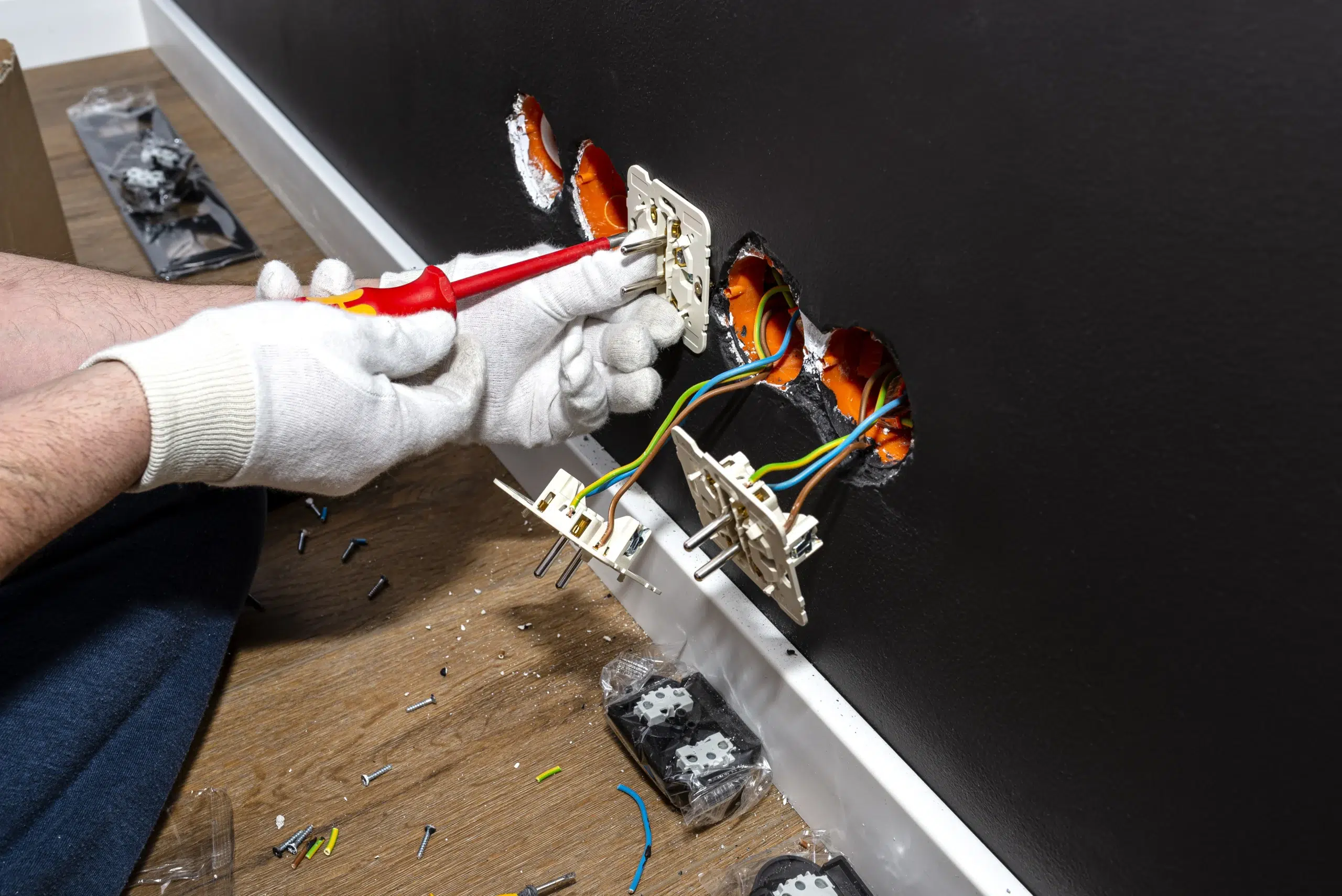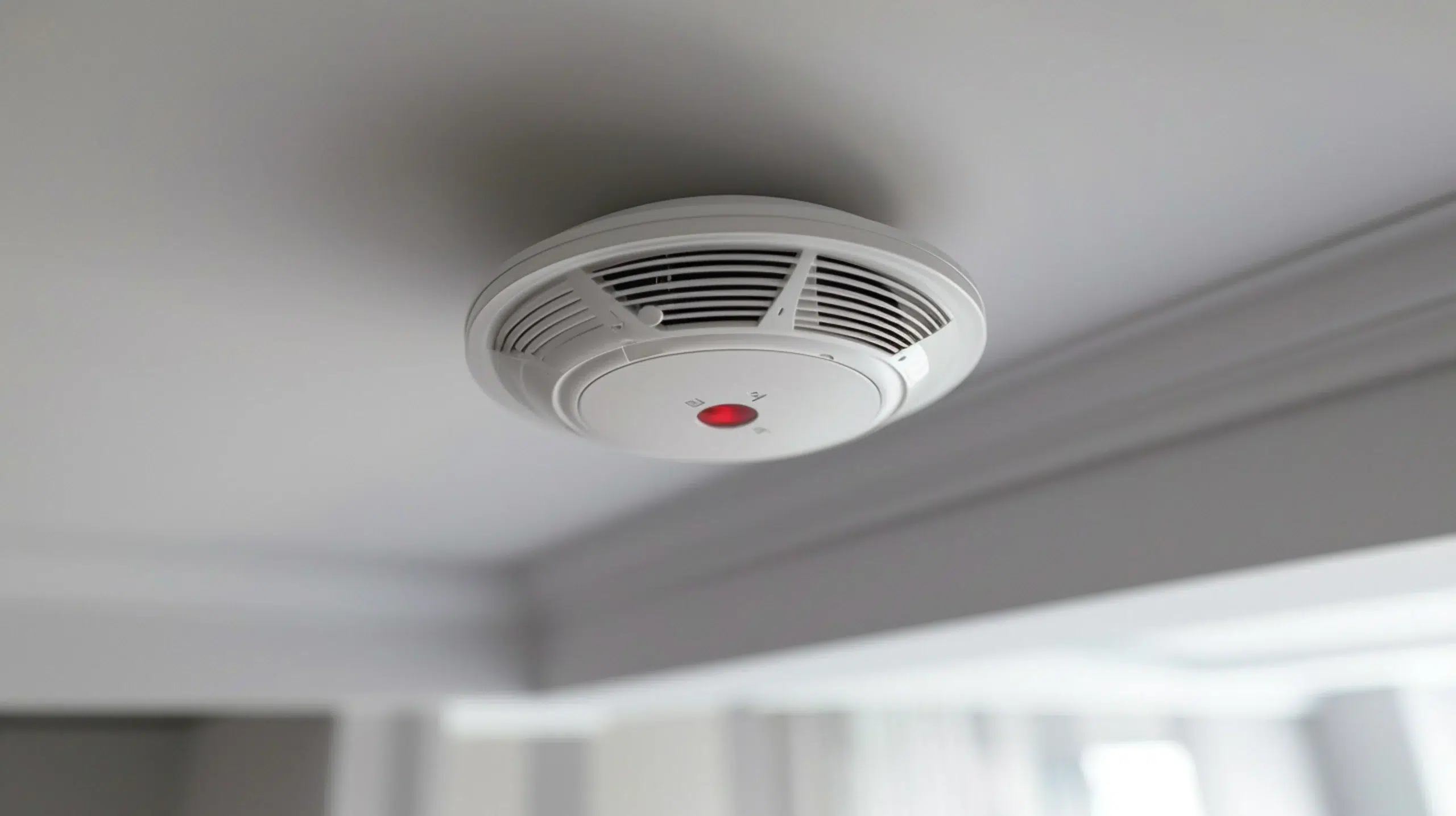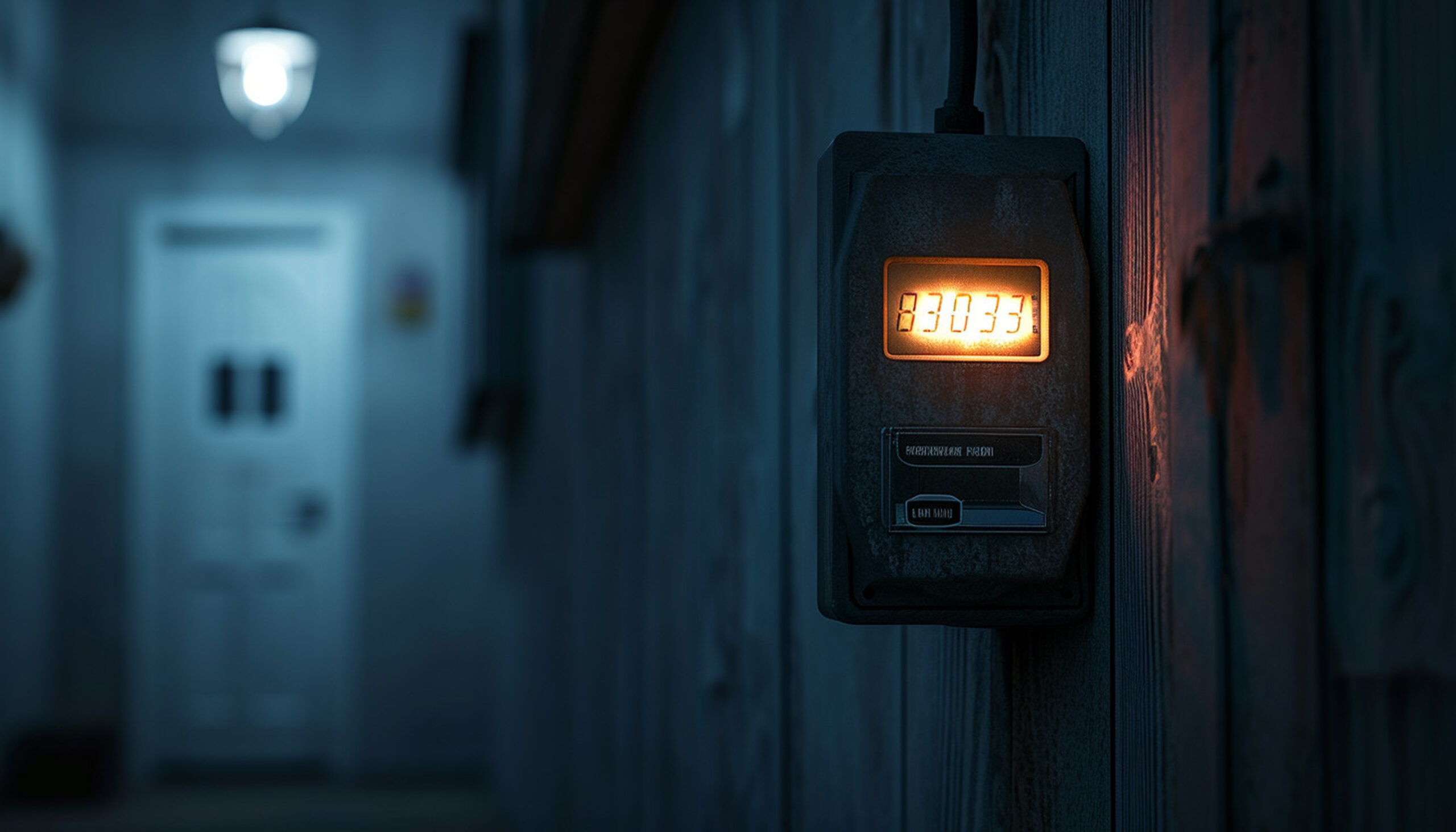Outdoor AC Unit Not Running but Indoor Unit Is? Here’s What to Check
Category:
Noticing your indoor air-conditioning unit working while the outdoor unit remains silent, This is a common scenario, particularly during Australia’s hotter months when air conditioning systems are under constant strain.
At OTHS, we understand the urgency when your cooling system isn’t performing properly. Our experienced technicians often see this fault and know how to address it quickly and safely. Some causes may be minor and fixable at home with a few basic checks, while others require a licensed technician. With the right steps, you can restore comfort to your home quickly and prevent further damage to your system.
Why your outdoor unit might not be running
If the outdoor AC unit isn’t running while the indoor unit seems to be working fine, it typically means the system isn’t cooling properly. The outdoor unit contains the compressor and condenser fan, both essential for heat exchange. If these components aren’t functioning, your system can’t release heat from inside the home. Below are the most common reasons your outdoor unit may not be operating:
Power supply issues
One of the most straightforward reasons the outdoor unit may not be running is a lack of power. The outdoor condenser has its own power source, often connected through a dedicated circuit breaker. If this breaker has tripped, been turned off, or if the isolator switch near the unit is off or faulty, the outdoor unit won’t turn on. This can happen after a power surge, lightning storm, or from faulty wiring. Always start by checking the switchboard for tripped breakers. If the breaker keeps tripping, turn the unit off and contact a licensed electrician or HVAC electrician. Ongoing electrical issues can be dangerous and should not be ignored.
Thermostat or control board malfunction
The thermostat acts as the brain of your air conditioning system, sending signals to both the indoor and outdoor units to start and stop. If the thermostat is faulty or incorrectly set, it may fail to activate the outdoor unit. Similarly, the control board inside the air handler or furnace might be malfunctioning, disrupting communication between components. Issues like loose wiring, corroded terminals, or a defective relay can prevent the outdoor unit from receiving the correct signal to start. These faults require specialised tools and knowledge to diagnose and repair.
Faulty capacitors or motors
Your outdoor unit depends on capacitors to provide the initial jolt of electricity needed to start the fan motor and compressor. Over time, capacitors can degrade, bulge, or fail entirely. A faulty capacitor can prevent the compressor or fan from starting, or cause them to run intermittently. Similarly, a worn-out fan motor or compressor may seize or overheat, leading to a complete shutdown of the outdoor unit. These components are vital for the cooling process and must be replaced or repaired by licensed professionals to ensure proper operation and safety.
Refrigerant or pressure issues
Another common cause for the outdoor unit not running is refrigerant imbalance or pressure faults. Air conditioners operate within a specific pressure range. If there’s too much or too little refrigerant, the pressure sensors may shut the system down to prevent damage. Low refrigerant levels are usually due to leaks, which can cause the compressor to fail if not addressed quickly. High pressure can result from dirty coils, a blocked fan, or an overcharged system. Both issues require the expertise of a licensed technician, who can safely test pressure levels, locate leaks, and recharge the system as needed.
Basic air conditioning checks you can do at home
Before you call a technician, there are a few basic and safe checks you can do to troubleshoot the issue. These simple steps may resolve the problem or at least help you identify the cause.
Inspect the outdoor unit
Start by visually inspecting the outdoor condenser unit. Is it making any noise? Is the fan spinning? Look for obvious obstructions like leaves, twigs, or debris that may be blocking airflow. Ensure nothing is covering the unit or pressing against it, and check for signs of physical damage. Blocked fans or dirty coils can prevent the system from working efficiently and may even cause it to shut down to protect itself.
Check the thermostat settings
It may seem obvious, but the thermostat settings can be the source of many AC issues. Make sure it’s set to ‘Cool’ mode and that the temperature is lower than the current room temperature. If your thermostat is battery-operated, replace the batteries. A blank or unresponsive thermostat is often caused by dead batteries or a tripped fuse in the control panel.
Power and safety switches
Locate the circuit breaker and identify the breaker for the AC system, particularly the one labelled for the outdoor unit. If it’s tripped, reset it once. Also, find the isolator switch near the outdoor unit and ensure it’s in the ON position. If the breaker trips again immediately, leave it off and do not attempt to reset it. This suggests a deeper electrical issue that needs professional attention.
Some issues go beyond simple DIY fixes and require a licensed HVAC technician. If the problem persists after completing the basic checks, it’s time to contact a professional who can diagnose and repair more complex faults safely.

Maximize Performance with Annual Maintenance Benefits
Essential Tips to Protect Your Outdoor HVAC Unit
Conclusion
If your indoor air conditioner is working but the outdoor unit isn’t, it could be caused by anything from a tripped breaker to a failing compressor. While there are basic checks you can do safely at home, more complex issues require professional attention. Always prioritise safety and never attempt to repair electrical or refrigerant components yourself. Regular maintenance and timely professional inspections are the best way to ensure your system stays efficient and reliable, providing you with comfort all year round.
FAQ's
How quickly should a professional respond when the outdoor unit fails?
Most licensed HVAC technicians offer response times within 24 to 48 hours. In urgent cases, especially during peak seasons, priority services may be available for faster assistance.
Is there any risk if I reset a tripped breaker by myself?
Resetting a breaker once is generally safe, but if it trips again, leave it off and call a technician. Repeated tripping suggests a deeper electrical fault that requires expert diagnosis
Can a dirty filter stop the entire system from running?
: A dirty filter won’t usually stop the outdoor unit directly, but it can cause reduced airflow, overheating, and increased pressure, which might lead to shutdowns or reduced efficiency over time.
How often should I have my AC system maintained?
Ideally, schedule maintenance once a year, preferably in spring before the cooling season begins. This helps catch issues early and ensures optimal performance.
Why might the compressor run but the fan not?
This could be due to a failed fan motor or a bad capacitor. Without the fan running, the compressor can overheat and eventually shut down. A technician can identify and replace faulty components.
: Is it okay to clean the outdoor unit with a hose myself?
Yes, but with caution. Turn off all power to the unit first and use a low-pressure hose to rinse off debris. Avoid high-pressure jets and do not open the unit without professional guidance.
93 Exley Road Wedderburn NSW 2560 Campbelltown & South West Sydney
Why Installing Your Own EV Charger Could Void Your Car’s Warranty and Insurance
Why Installing Your Own EV Charger Could Void Your Car’s Warranty and Insurance Category: The...
Read MoreThe Hidden Damage Rodent Cause to Electrical Wiring and Insulation
What Does a Pre-Installation EV Charger Inspection Entail? Category: Installing an EV charger at your...
Read MoreThinking of Installing an EV Charger in Your Apartment or Shared Parking Area? Here’s What You Need to Know
Thinking of installing an EV charger in your apartment or shared parking area? Here’s what...
Read MoreIs It Safe to Install an EV Charger Outdoors in Sydney’s Weather Conditions?
How to Choose the Right Gate Intercom for Your Property Category: The increased availability of...
Read MoreHow to Choose the Right Gate Intercom for Your Property
How to Choose the Right Gate Intercom for Your Property Category: Selecting the appropriate gate...
Read MoreThe Light Switch Feels Warm or Smells Burnt — What Should I Do?
The Light Switch Feels Warm or Smells Burnt — What Should I Do? Category: Light...
Read MoreWhy Do I Get a Small Electric Shock from My Appliances?
Why Do I Get a Small Electric Shock from My Appliances? Category: Small electric shocks...
Read MoreElectrical Surges Damaging Your Appliances? Here’s What You Can Do
Electrical Surges Damaging Your Appliances? Here’s What You Can Do Category: An electrical surge refers...
Read MoreWhat are the types of smoke Alarms and How Does It Work?
What are the types of smoke Alarms and How Does It Work? Category: A smoke...
Read MorePower Outage in Just One Room? Here’s What Could Be Causing It
Power Outage in Just One Room? Here’s What Could Be Causing It Category: Experiencing a...
Read More
